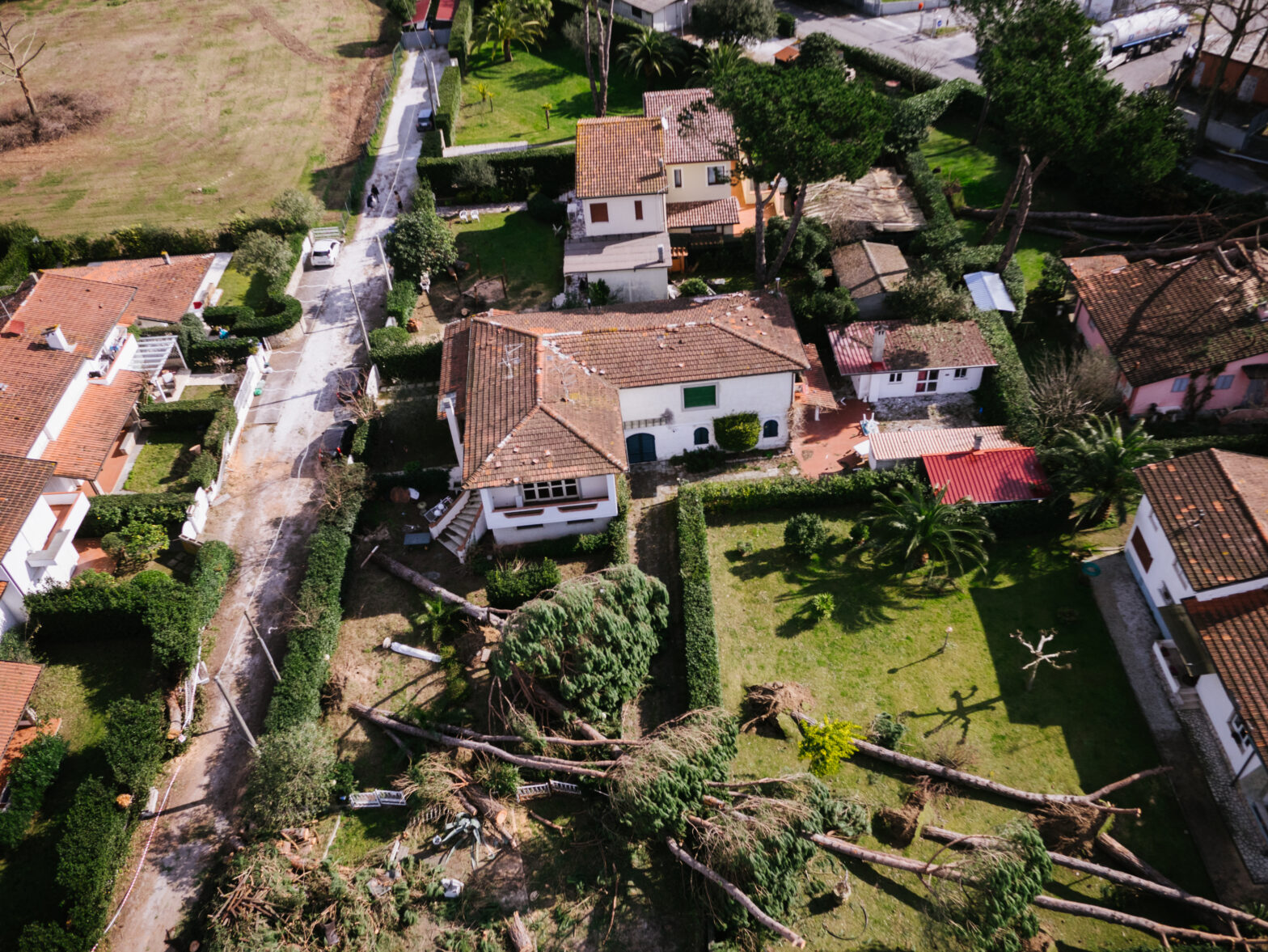An estimated 2.5 million people were forced from their homes in the United States by weather-related disasters in 2023, according to new data from the Census Bureau.
The numbers, issued on Thursday, paint a more complete picture than ever before of the lives of these people in the aftermath of disasters. More than a third said they had experienced at least some food shortage in the first month after being displaced. More than half reported that they had interacted with someone who seemed to be trying to defraud them. And more than a third said they had been displaced for longer than a month.
The United States experienced 28 disasters last year that each cost at least $1 billion. But until recently, the number of Americans displaced by those disasters has been hard to estimate because of the nation’s patchwork response system.
Understanding the human toll of disasters, not just the financial costs, is increasingly urgent as climate change supercharges extreme weather, experts say.
“A lot of people’s lives are disrupted by these events in small and large ways,” said Andrew Rumbach, a senior fellow at the Urban Institute, a nonprofit group that focuses on advancing upward mobility and equity. “It has a really big cumulative cost that’s hard to capture. This, at least, gives us a snapshot of that.”
The displacement data were gathered in the bureau’s Household Pulse Survey, which aims to measure how emerging social and economic challenges are affecting Americans. The survey added questions about disasters in December 2022.
Those first results, issued in January of 2023, showed that about 3.3 million people had been displaced in the year before. According to the latest batch of responses, collected in January and early February, 2.5 million said they had been displaced at some point last year.
The change from year to year is very likely a normal fluctuation, experts said, and may also reflect some limitations of the survey.
Different versions of the survey are sent periodically by text message and email to more than a million households at a time. The survey is self-reported and takes about 20 minutes. The number of people who respond can vary from about 40,000 to 80,000. The Census Bureau then assigns weights to the responses to make them representative of the broader population.
The Census Bureau notes that “sample sizes may be small and the standard errors may be large.” But experts say the results still provide some of the best available numbers on displacement.
“It’s a bit of a grain-of-salt number,” said Dr. Rumbach, who holds a Ph.D. in city and regional planning. “But at the same time, it’s a data set in a world where we don’t have a lot of good data sets.”
Hurricanes remained the most commonly cited cause of displacement, followed by floods and fires. Florida, Texas, California and Louisiana all had hundreds of thousands flee their homes.
A precise count of those displaced by disasters has been elusive because responding agencies and nonprofit groups only know how many people they serve, which leaves out displaced people who do not ask for help and communities that do not receive help at all. For example, the Federal Emergency Management Agency only responds to events that get a federal emergency declaration.
“That’s only a small portion of overall disasters,” Dr. Rumbach said. As an example, he pointed to floods that wreck a handful of homes and other so-called “low attention disasters” that often affect more rural communities. “There’s no incentive for people to add up all of those,” he said.
But the Pulse survey tries to do that, Dr. Rumbach said, even though some researchers are wary about drawing very broad conclusions.
“The concepts themselves — What is a disaster? What is displacement? — are really left open to the interpretation of the survey respondent,” said Elizabeth Fussell, a professor of population studies at Brown University.
The survey lists fire among the “natural disasters” that could lead to a displacement, for example, and some experts say it is not hard to imagine someone selecting that after a house fire. Dr. Fussell also noted that while earlier federal surveys counted those who had permanently moved from their homes after a disaster, “displacement” in the pulse survey could refer to a daylong departure.
While respondents can opt to say they “never returned” to their homes, experts cautioned that the short-term nature of the survey might make the true number of permanently displaced people hard to discern.
The data also show that the people facing the worst disaster outcomes tend to be from communities with less political power and who are subject to discrimination. Black people and Latinos tend to be displaced most often, and poorer people tend to be displaced for longer, experts said. That is amplified for people in those groups who also identify as L.G.B.T.Q., according to one analysis.
“There are many federal agencies that are very well aware that climate change is happening and that it will manifest as weather-related disasters,” Dr. Fussell said. “There’s a need to understand the scale of those.”












